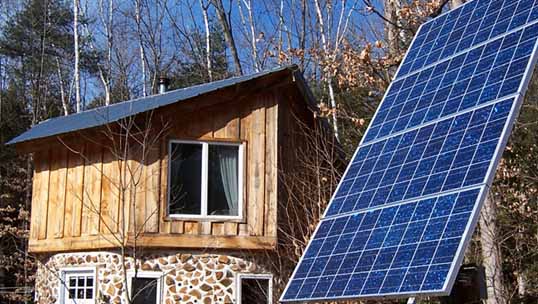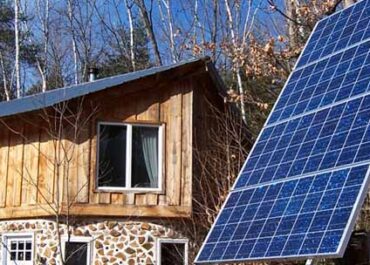Save 30% On System Costs With The Residential Renewable Energy Tax Credit
Read Further To Find Out How To Save Money On Your Next Installation
***NEW*** Section 13302 of The Inflation Reduction Act of 2022 (H.R. 5376) extended the expiration date and modified the phase down of this tax credit. It also made stand-alone energy storage systems eligible for the credit, and biomass heaters ineligible for the credit. Biomass heaters are now eligible for the residential energy efficiency tax credit. Use the following links for the most up-to-date information. Details of this program are featured below.
For the most current information regarding this federal program visit: Residential Renewable Energy Tax Credit
To explore state rebates and incentive programs visit: www.dsireusa.org

The Inflation Reduction Act of 2022 extended the expiration date and modified the phase down of this tax credit. The current Federal Tax Credit is now 30% for solar, wind, geothermal electric systems and battery storage systems; and remains in effect through 12/31/2032. The tax credit will be phased out after 2032 with a 26% credit for 2033 and 22% credit for 2034. Combined with state rebates and low component prices your savings can be even greater.
The revised credit allows taxpayers to potentially claim a credit of up to 30% of qualified expenditures (including labor) for a system that serves a home located in the United States that is owned and used as a residence, even part time, by the taxpayer.
Tax Credit Details: (Be sure to contact your accountant/tax advisor to see how these incentives affect you.)
• 30% tax credit on your tax return through 2032.
• Also applies to standalone battery storage systems, solar water heating, small wind energy and geothermal heat pump systems.
• Includes installation and labor costs.
• Applies to Residential only. Other programs exist for systems placed in commercial applications. Visit here for a list of incentives for commercial applications.
• There is no cap on how much you can claim.
• Residential installations can claim the tax credit as soon as the system is complete but have until 12/31/2034 to get it operational.
• New changes mean you may not need to own your panels. Speak with your tax advisor to see if you’re eligible even if you have signed a “subsidized energy financing” agreement.
• This is a credit, not refund, so you can’t get more back in a single year than you owe. The remainder of any credit not applied will roll to next year’s taxes.
• You need to fill out IRS Form 5695 before filing your taxes and include it with your filing.
• For new home construction the “placed in service date” is the date of occupancy
• The home served by the system does not have to be the taxpayer’s principal residence.
• Keep your receipts for everything! Covered expenses include:
Solar consulting fees
Engineering fees
Permitting fees
Solar equipment
Freight and shipping costs
Tools and equipment that were rented or purchased for the job (lifts, ladders, scaffolding, etc)
Consumables – nuts, bolts, screws, wire, etc
Electrician fees
Professional installation fees
Examples of how this works:
If your PV system is installed by 12/31/2032 and costs $9,000 and your tax liability for the year is $6,000, you would reduce your tax liability by $2,700 (30% credit) and only pay $3,300.
If your PV System was installed by 12/31/2032 and costs $6,000 and your tax liability for the year is $1,000. The $1,800 credit (30%) would eliminate your tax liability for the year, and you have the option to carry the remaining credit over to the following year.
For the most current information regarding this federal program visit: Residential Renewable Energy Tax Credit
To explore state rebates and incentive programs visit: www.dsireusa.org
(Be sure to contact your accountant/tax advisor to see how these incentives affect you.)
revised 8/17/22


